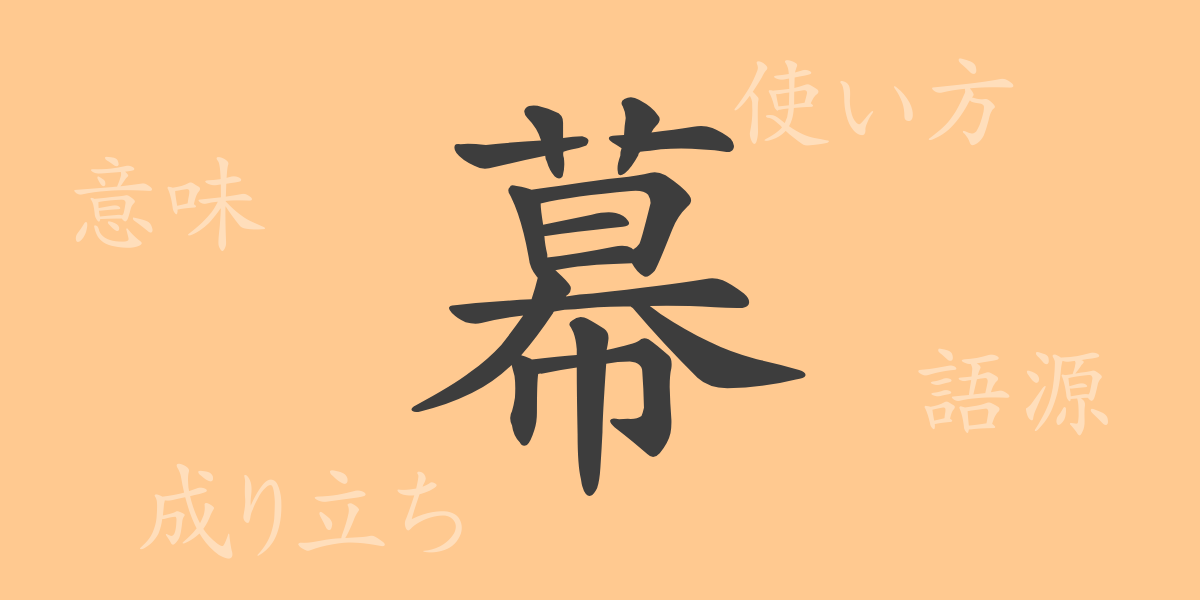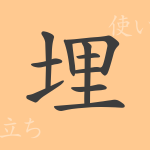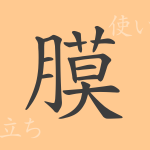Each character in the Japanese language carries its own unique history and meaning. “幕” (まく, maku) is one such character, deeply rooted in our daily lives and culture. In this article, we will explore the fascinating world of “幕” (まく, maku), from its origins to its usage examples.
The Origin of 幕 (まく, maku)
The origin of “幕” (まく, maku) dates back to ancient China. Originally, it meant “canopy” or “cover” made of cloth or leather. Over time, “幕” (まく, maku) came to symbolize the end or division of things, and it holds a similar meaning in Japan.
The Meaning and Usage of 幕 (まく, maku)
In modern Japanese, “幕” (まく, maku) primarily signifies “a cloth to conceal something,” “a curtain separating the stage and audience in theaters,” and “the end or division of an era or event.” For example, “幕を閉じる” (まくをとじる, maku o tojiru) is an expression used to denote the end of an era or event.
Reading, Stroke Count, and Radical of 幕 (まく, maku)
Let’s look at the reading and components of the kanji “幕” (まく, maku).
- Reading: The on’yomi (音読み, onyomi) is “マク” (まく, maku), and there is no specific kun’yomi (訓読み, kunyomi).
- Stroke Count: It consists of 13 strokes.
- Radical: The radical is “巾” (はば・きんべん, haba/kinben).
Idioms, Proverbs, and Sayings Using 幕 (まく, maku)
Here are some idioms, proverbs, and sayings that include “幕” (まく, maku).
- 幕開け (まくあけ, makuake): An expression meaning the beginning of a new event or era.
- 幕末 (ばくまつ, bakumatsu): A historical term referring to the end of the Edo period.
- 幕内 (まくうち, makuuchi): A term in sumo referring to wrestlers ranked in the top division.
- 幕引き (まくびき, makubiki): The act of bringing an event or situation to a conclusion or resolution.
Summary of 幕 (まく, maku)
The kanji “幕” (まく, maku) not only signifies a physical cloth used for concealment but also represents more abstract concepts such as the end of an era or event. Throughout Japanese history and culture, “幕” (まく, maku) has been used in many expressions and idioms, deeply ingraining itself in our language. Understanding the meaning behind each kanji is key to deepening one’s comprehension of the Japanese language.

























